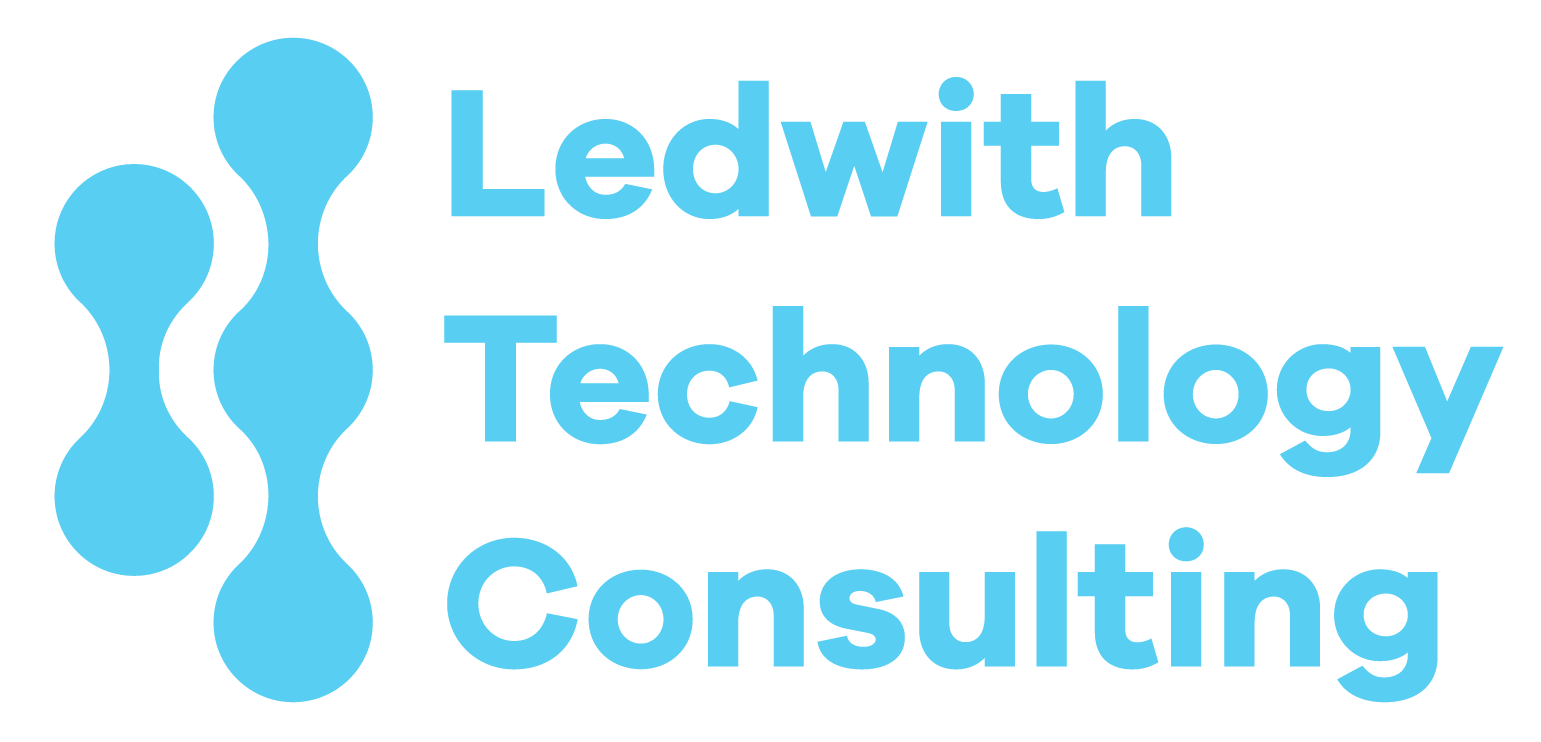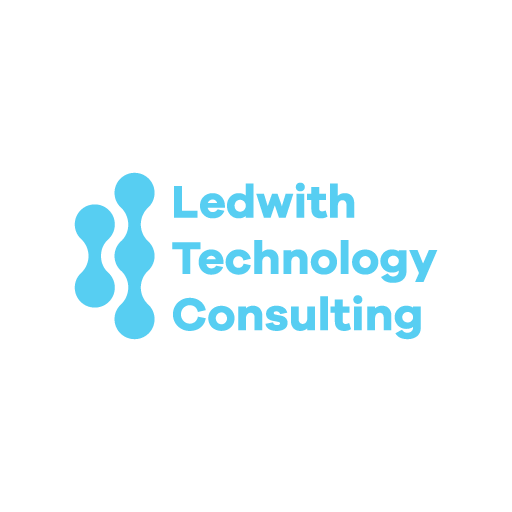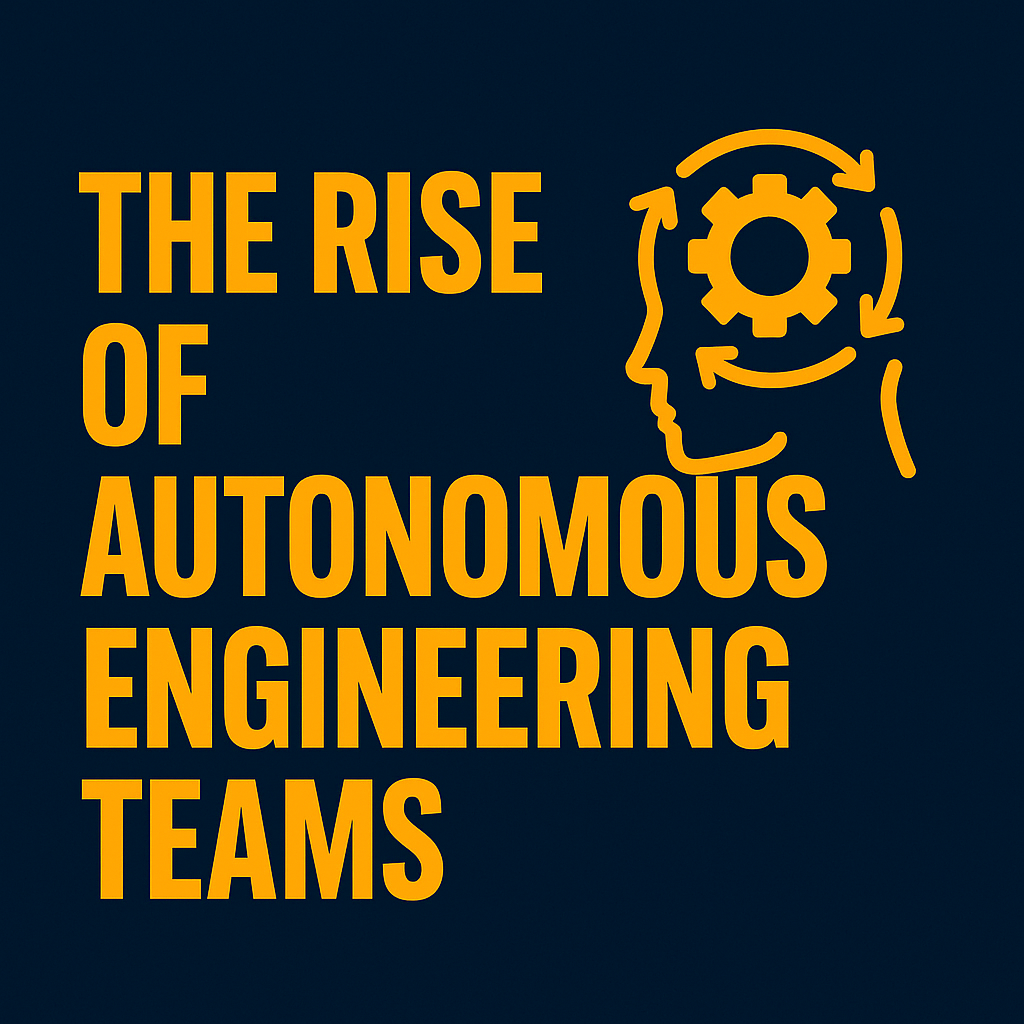By Stephen Ledwith July 11, 2025
AI is no longer an experiment. It’s infrastructure. And in enterprise settings, AI decisions often carry weight that traditional code never had—impacting credit access, hiring, medical treatment, even public safety.
When that’s the playing field, ethics isn’t a nice-to-have. It’s a requirement.
This post explores how to build trustworthy, scalable AI systems—with accountability, fairness, and transparency baked into the pipeline.
“If you wouldn’t want it used on you, don’t build it for others.”
— Stephen Ledwith
The Problem with “Move Fast and Learn Later”
AI tools are shipped fast. Too fast.
Many teams launch models with:
- No transparency around input data
- No process for human oversight
- No testing for bias or drift
- No recourse for end-users impacted by decisions
🎧 Related Insight: In Episode 4 of The Architect and The Executive, the hosts highlight:
“Understanding how your system behaves under stress—from architecture to AI—is part of ethical engineering.”
That’s a vital lens: ethics isn’t only about “should we do this?” but also, “what happens when this breaks?”
What Makes AI Trustworthy?
There are four pillars:
1. Transparency
- What data trained this model?
- How are predictions made?
- Can the decision path be explained?
2. Fairness
- Are outcomes skewed against certain groups?
- Was the training data diverse enough?
- How do we audit for bias?
3. Accountability
- Who reviews this system before launch?
- How do we respond when it misfires?
- Is there a rollback or feedback loop?
4. Safety
- What happens when the system fails?
- Can it escalate to a human?
- How is performance monitored in production?
Designing for Responsible AI
You can’t bolt ethics on after the fact. It has to be part of your architecture.
Here’s how to embed it early:
| Stage | Practice |
|---|---|
| Data Collection | Flag sensitive fields, log source provenance |
| Model Training | Include bias detection in pipeline |
| Testing | Run fairness audits and performance simulations |
| Deployment | Require human-in-the-loop for edge cases |
| Monitoring | Alert on data drift, performance regressions, and user appeals |
📢 Callout: Consider making ethical review a first-class artifact in your PRD and sprint process.
Patterns for Enterprise AI Teams
From my experience, the following patterns work:
- Bias Audits as CI Step: Use tools like IBM AI Fairness 360 or Google’s What-If Tool.
- Model Cards for Transparency: A one-pager for each model: purpose, dataset, limits, owners.
- Shadow Mode Rollouts: Test models silently in production to validate impact before switching live.
- Ethics Committee Lite: Not a formal review board—just a rotating set of engineers and product folks asking, “Would we want this used on us?”
🎧 Podcast Tie-In: In the same Episode 4, the hosts emphasize shared responsibility:
“These aren’t tech-only problems. Ethics lives at the intersection of product, leadership, and engineering.”
Avoiding AI Theater
There’s a growing wave of AI-washing—where companies slap “responsible AI” into press releases without backing it up.
Here’s how to walk the walk:
- Publish your model documentation (internally or externally)
- Give users control—ability to contest or override AI outcomes
- Build recourse channels—especially when AI affects financial, legal, or health matters
My Experience: Leading AI in High-Stakes Environments
I’ve worked with AI products in real estate, finance, and infrastructure—and the pattern is the same: when teams slow down to consider ethics early, they ship faster and with more confidence later.
At Zillow, ethical review wasn’t a brake—it was a catalyst. When engineers understood why their decisions mattered, quality went up. Team alignment went up. Risk went down.
Final Thought
The most dangerous AI isn’t malicious—it’s indifferent.
As leaders, builders, and technologists, we owe it to our users to build systems that are not just clever, but conscientious.
“In the age of AI, trust is a feature. Build for it deliberately.”
— Stephen Ledwith
Citations
- The Architect and The Executive, Episode 4, “Stress Testing and Responsible Engineering”
- IBM AI Fairness 360 Toolkit – https://ai-fairness-360.org/
- Google What-If Tool – https://pair-code.github.io/what-if-tool/
- Margaret Mitchell & Timnit Gebru – “Model Cards for Model Reporting” (2019)
- Responsible AI: A Guide, World Economic Forum (2022)


